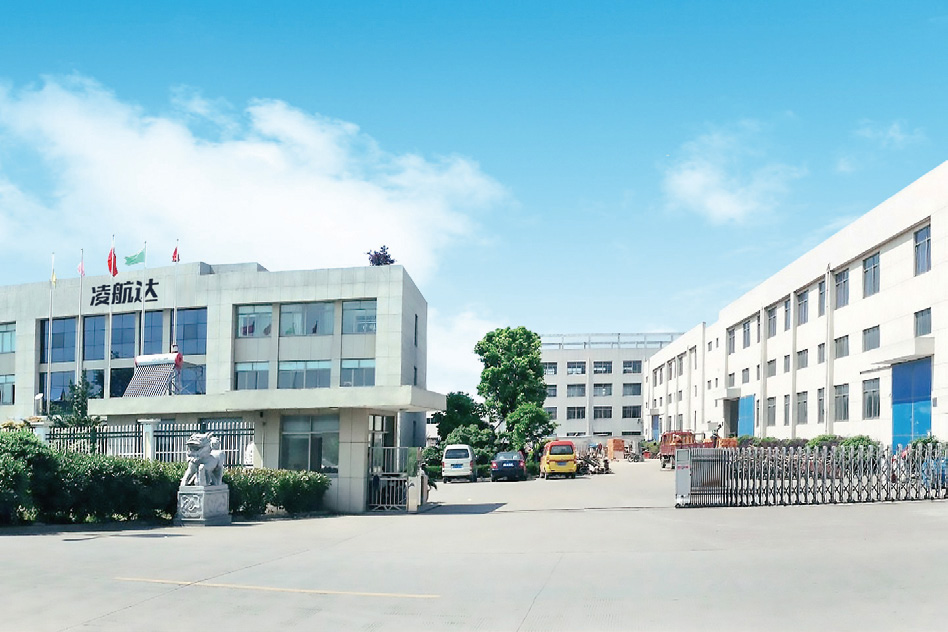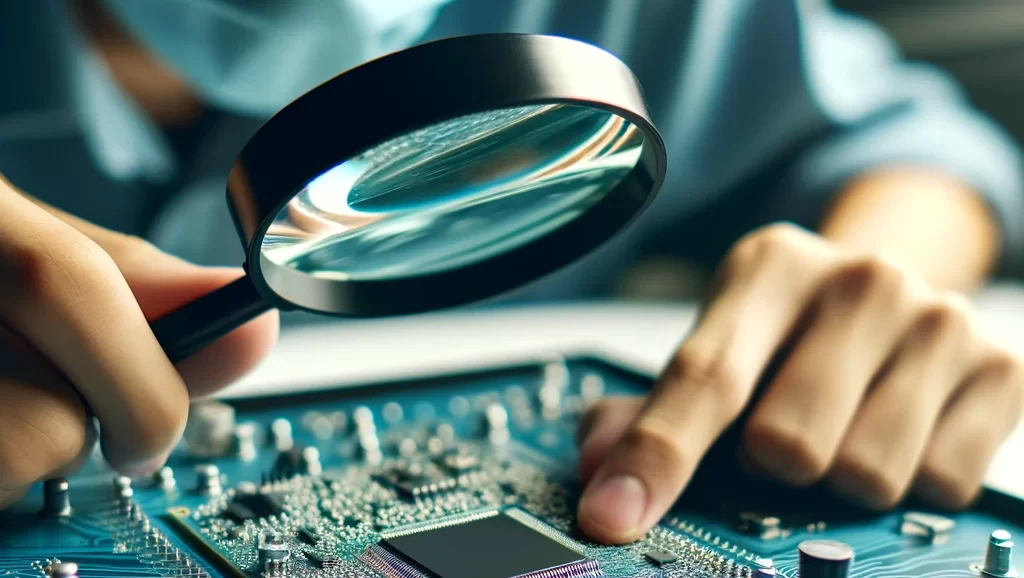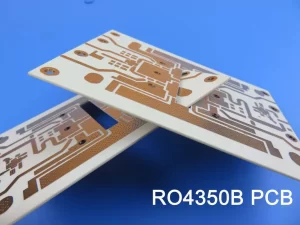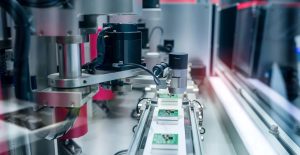目录
ToggleThe Future of Electronic Engineering: New Trends in PCB Design and Manufacturing
Evolution of PCB: From Basics to Advanced
Fundamentals of PCB Design
In the ever-evolving field of electronic engineering, PCB design stands as a foundational pillar. The design process incorporates various factors such as electrical component selection, effective layout techniques, and the implementation of multiple layers to enhance circuit functionality. The evolution of PCBs from simple single-layer boards to complex, multi-layered structures reflects the technological advancements in electronic engineering.
Advanced PCB Manufacturing Techniques
The advancement in manufacturing technologies like SMT has revolutionized PCB production. SMT allows for the efficient placement of small, high-performance components on a PCB, enabling the creation of more compact and powerful electronic devices. This section highlights the impact of these technologies on reducing manufacturing costs and improving the quality and reliability of electronic products.
Quality Control and Fault Detection in PCBs
Quality control is paramount in PCB manufacturing. This segment explores the various techniques employed to ensure the integrity of PCBs, from visual inspections to advanced automated testing methods. The ability to detect and rectify faults at the manufacturing stage is crucial in preventing failures in final products, thereby ensuring the safety and reliability of electronic devices.
Conclusion
PCBs are the backbone of modern electronic devices, and their design and manufacturing processes have seen significant evolution. This article has provided insight into the fundamental principles of PCB design, advanced manufacturing techniques, and the critical role of quality control. As technology continues to advance, PCB design and manufacturing will undoubtedly play a pivotal role in shaping the future of electronic engineering.






